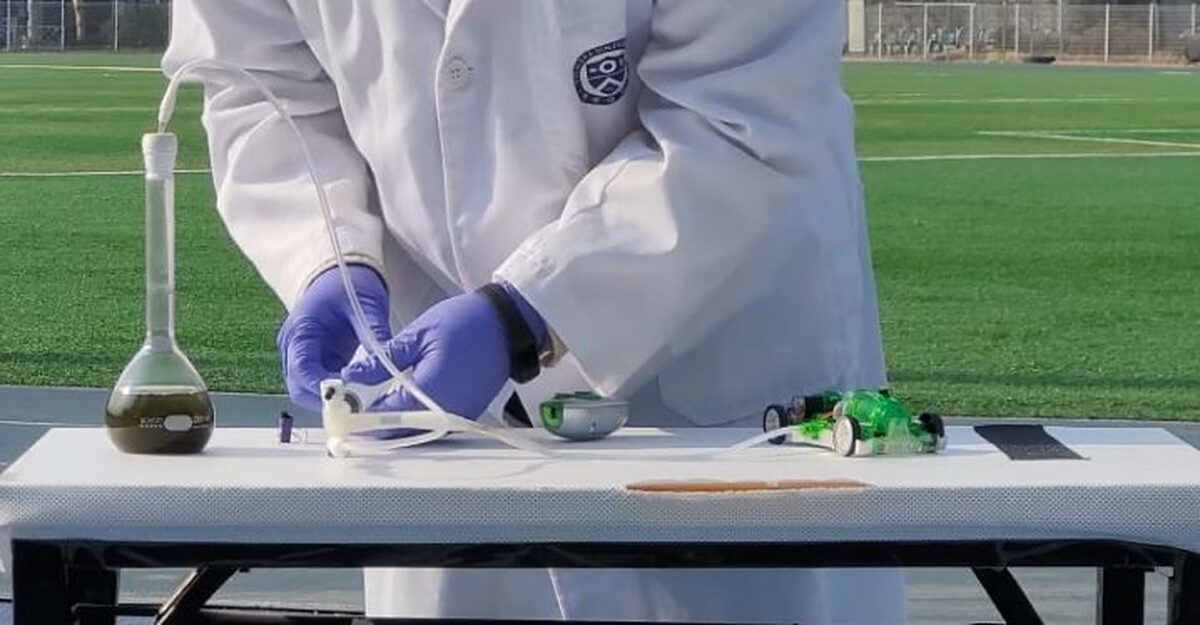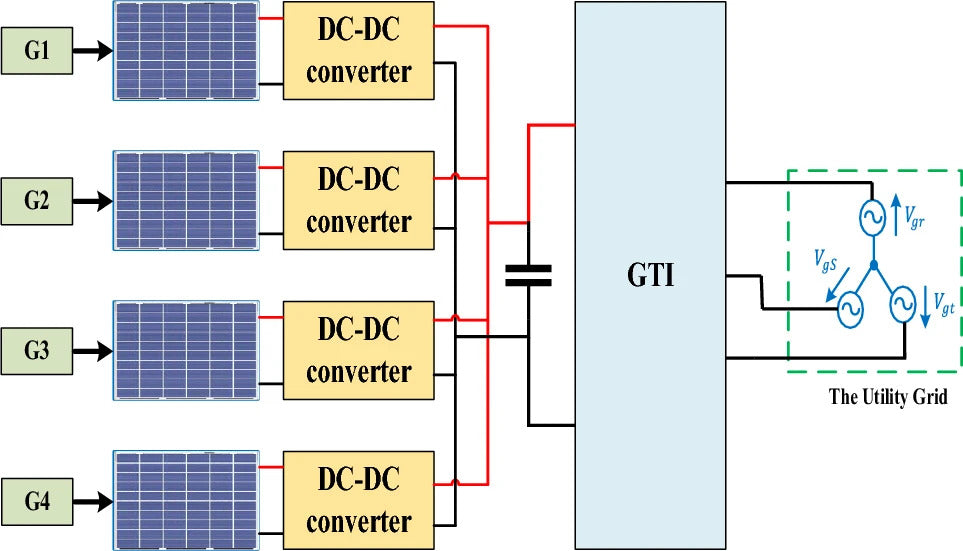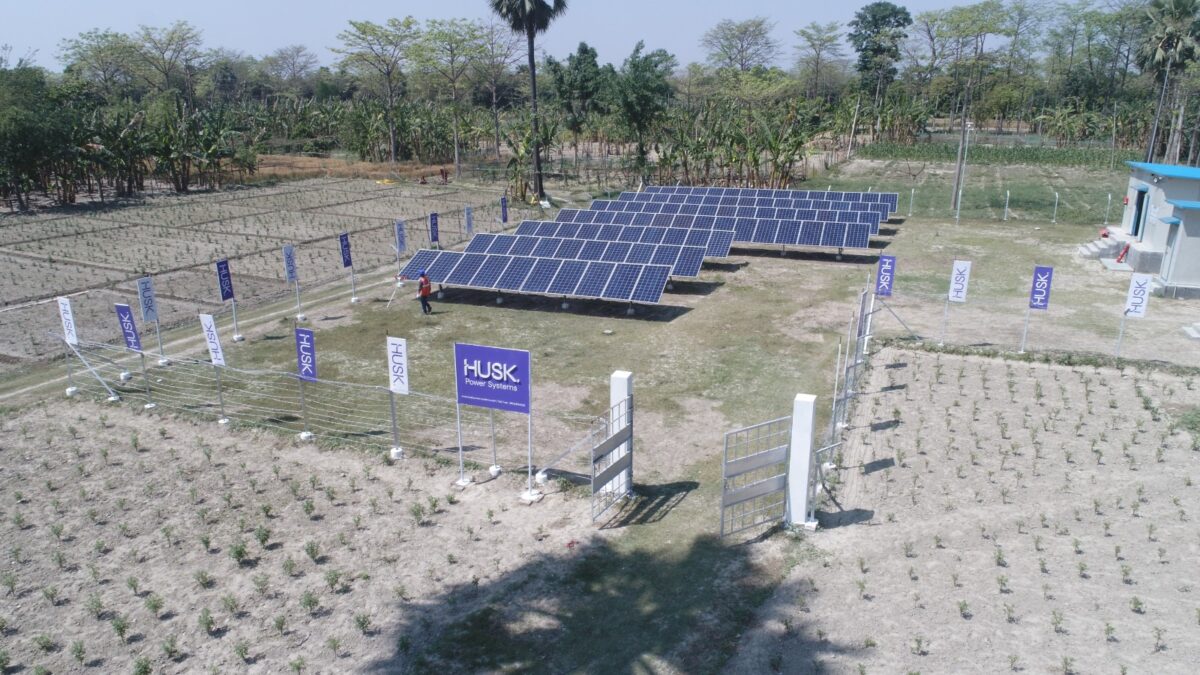https://www.pv-magazine-india.com/2023/11/14/algae-photovoltaics-for-hydrogen-production/
Algae photovoltaics for hydrogen production

Image: Yonsei University
From pv magazine Global
Scientists from Yonsei University in South Korea have developed a novel method to produce electricity from engineered green algae via a cellular PV power station. The system is designed for hydrogen production.
“Material costs of about $1,000 are needed per gram of hydrogen,” researcher Hyun S. Ahn told pv magazine. “My coauthors and I are confidently aiming for a hundred-fold improvement in the cost efficiency in scale up, targeting to about tens of dollars of material cost per gram of hydrogen produced.”
Scientists used Chlamydomonas reinhardtii, a single-cell green algae capable of generating photoelectrons, for the system. To overcome the barrier of cell walls that photoelectrons cannot cross, they integrated the algae with carbon nanofibers (CNFs). These CNFs serve as conduits, guiding the photoelectrons from the cell into a buffer solution.
The group used the process for the generation of hydrogen by adding platinum (Pt) to the composite, due to its lower cathodic redox potential. Redox, or reduction-oxidation, is a chemical reaction that involves the transfer of electrons between two substances. Due to the differences in redox potential in the composite, a synthesis of metal nanoparticles at the end of the inserted CNF is possible, acting as fuel-forming catalysts. This process uses the generated photoelectrons as a reductant, as they contribute electrons to the Pt surface.
That created two reactions in the solution: a hydrogen evolution and an oxygen reduction. According to the researchers, leaving this process to evolve gradually, hydrogen production accelerated from day six. Peak production was recorded on day 10 and maintained to day 50 for a total of 363 μmol of hydrogen in a 15 mL batch. The fuel production rate scaled linearly with the volume of the batch.
“The photoelectron relay chain in the developed algal cell power stations was highly efficient,” the researchers said. “Continuous photosynthetic hydrogen evolution in excess of 50 days is one of the longest lasting systems. The rate at which our cellular power stations accrued hydrogen was among the fastest reported.”
In addition, the academics found the algal cell’s bioelectrogenic reactors to self-regulate the oxygen level. That results in hydrogen fuel that is available for direct feed into a commercial fuel cell without the need for separation or purification. To demonstrate it, they fed the fuel into a radio-controlled (RC) car.
“Smooth running of the vehicle comparable to that powered by pure hydrogen was observed. This is an unusual case of driving a mobility device by synthetic green hydrogen at the laboratory scale,” they said in “Prolonged hydrogen production by engineered green algae photovoltaic power stations,” which was recently published in Nature Communications. “Solar-to-fuel conversion consuming only CO2 and water as the electron source is a champion achievement. We believe the photovoltaic power station developed here will play a pivotal role in the design of renewable energy portfolio in the future due to the demonstrated scalability along with cost and space efficiency of energy production.”
Ahn said that “the scale-up of the system is rather simple, thanks to the good growth rate of the algae even in high concentrations. Scale-up simply would require increasing the volume of the reactor and the algal cell power station concentration. At industrial optimization, we think that bath-tub-sized reactors should be able to power full-sized fuel cell cars, needing 2 kg to 4 kg of hydrogen per week of driving.”
This content is protected by copyright and may not be reused. If you want to cooperate with us and would like to reuse some of our content, please contact: editors@pv-magazine.com.



